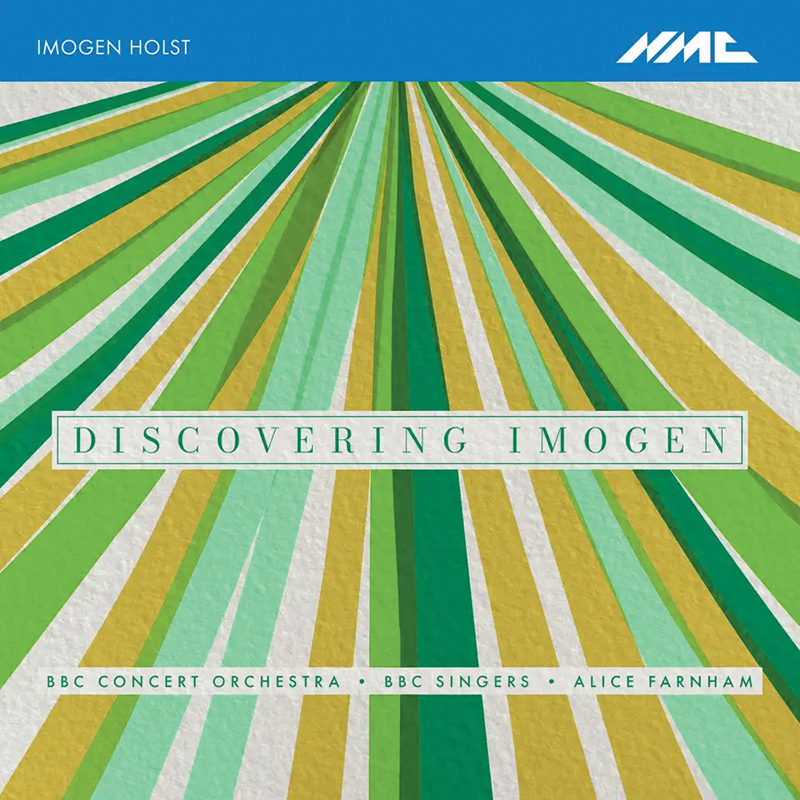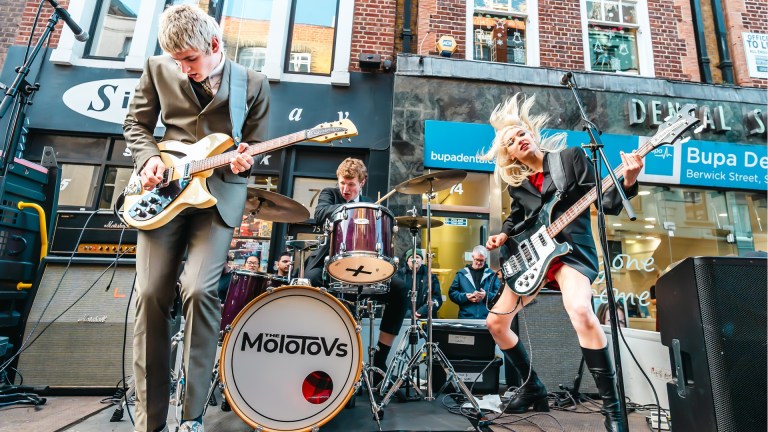The skaters gather in Leeds’s Millennium Square. They take turns to mount the jumps that jut from the smooth paving. A skateboard makes contact with the wood; the skater pushes forward, leaning into a clean finish. His friend is not so lucky; mid-way through the ascent, the wheels clip the frame and skater and skateboard part company in an inelegant separation. Giggling ensues; shards of pride are collected and the process is repeated. This isn’t your average skateboard park – the half-pipes are formed from upright pianos cut at an angle and set into the ground, seemingly embedded by a giant foot.
The surrealist Sinking Pianos sculpture is part of a series created to coincide with the Leeds International Piano Competition. Opposite the square, an enormous split ivory plinth stands outside the Leeds City Museum. Next to it, there’s a bike rack made of piano ribs, and an upright that’s been gutted and turned into a curious-looking planter.
There are no signs asking passersby not to touch – or skate over – the instruments on the piano trail. The collection, spread out across the city, invites such engagement due to the tactile nature of its original material. Although you’d be hard-pushed to make a sound (at least in the traditional way; the marimba piano uses interior parts of the instrument to turn it into a percussion piece), since all the pianos used in this extensive project were diverted from their journey to landfill.
Settled into a hard-but-cosy-nook at the Leeds museum, I hang my jacket up on a coat hook. It turns out to be a piano wheel, repurposed for my convenience; part of dozens of instruments used in the 100-seater Pianodrome Theatre. Three functional pianos are buried within the display – and one beautiful Steinway, played tonight by Lucy Parham, with narration by Succession star Dame Harriet Walter, as the pianist reprises I, Clara, her show about Clara Schumann (coming to London’s Bechstein Hall on 9 and 10 November and Surrey’s Menuhin Hall on 14 November).
Parham has additional duties while in town. She’s one of several world-class pianists who are in Leeds to support the piano competition. The event, which had its first instalment in 1963, was founded by Fanny Waterman and Marion Harewood and has propelled the careers of several notable pianists, including Radu Lupu, who won in 1969, and, more recently, Federico Colli (2012). (Historical footage of piano legends in their formative years can be found in The Leeds archive, which attracted over 2.4 million views in 2023.) Strenuous rounds take place every three years, with finals usually held in Leeds Town Hall (this year’s finalists headed to St George’s Hall in Bradford while the town hall undergoes renovation).
Waterman and Harewood’s competition has made Leeds famous – the city is to piano competitions as Sheffield is to snooker championships. The very best musicians travel from all around the globe to participate, all hoping for a coveted prize. Having followed a piano with a (silent) loudspeaker to a shed made out of a piano – where freshers were posing for some socials-worthy photos – I listened in on the early rounds at the University of Leeds.










